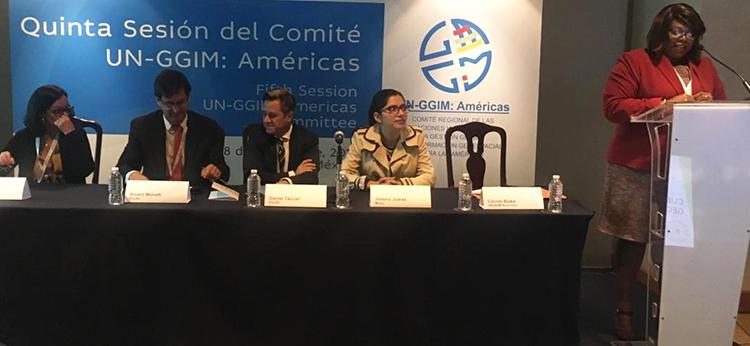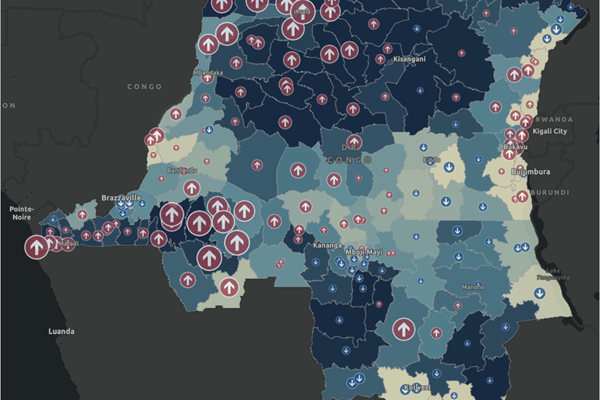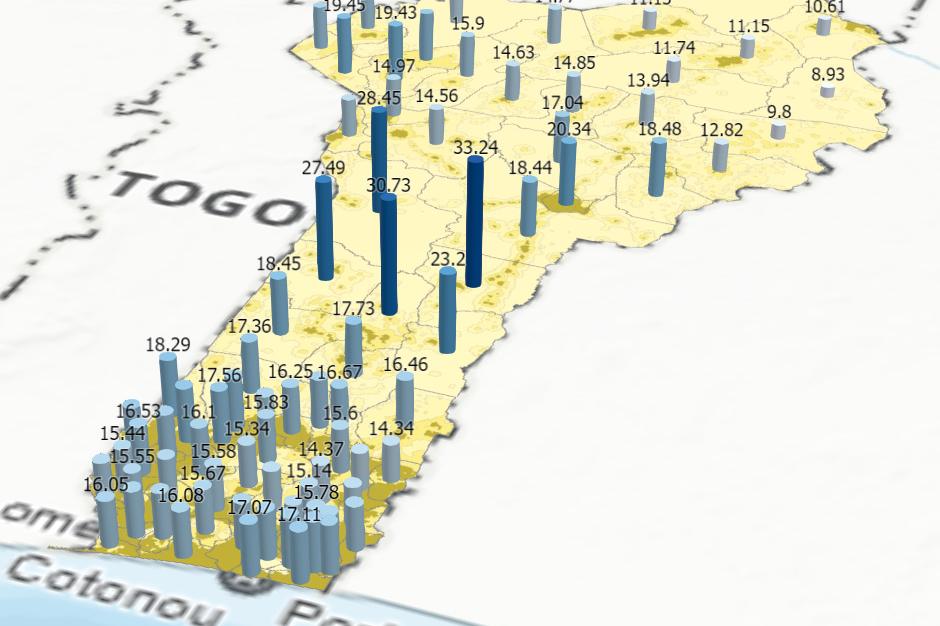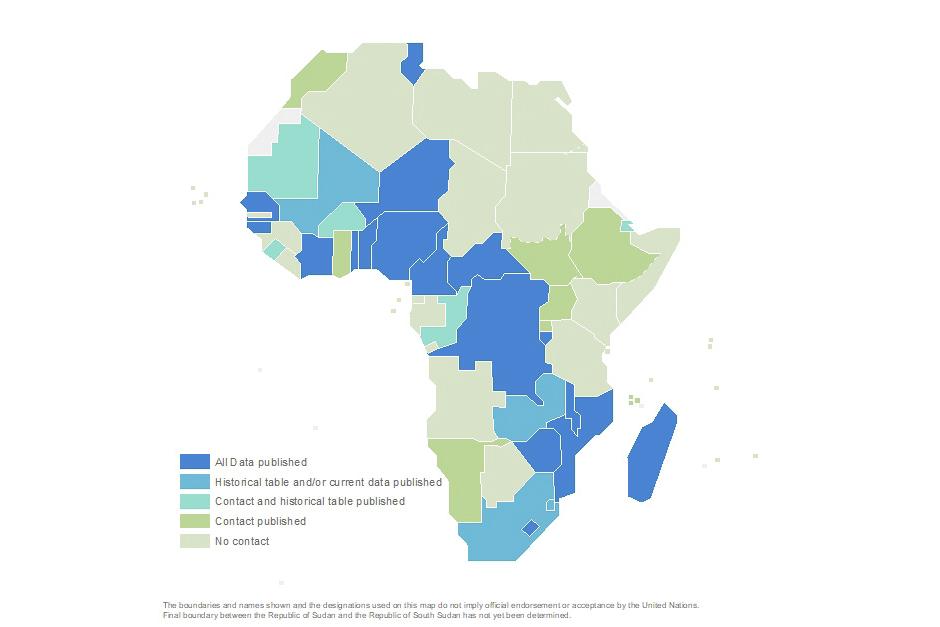The 5th Session of the Regional Committee of UN-GGIM Americas was held within the framework of the Latin America Geospatial Forum in Mexico City, from 6 to 8 November 2018. On this occasion, a representative of the UN-GGIM Secretariat introduced the SALB programme to 85 statisticians and geospatial managers from 33 Member States from the Americas. The presentation highlighted the current global situation on the availability of geospatial data on administrative boundaries, as well as the objectives and benefits of the SALB programme and its latest status. It is hoped that the presentation will increase awareness and participation to the SALB programme by Member States in the Americas and that more data on administrative boundaries will soon be available for the region.
Presentation at the UN-GGIM Americas
News
Learning how to use mapping for monitoring malaria eradication
The United Nations Sustainable Development Goals (SDG) 3 on “Good Health and Well-Being” includes reducing the rate of malaria per 1,000 people by 90 percent from 2016 to 2030. A learning tutorial is available on how to use mapping for monitoring progress on eradicating malaria.
Improving access to education with climate analysis in Benin
The story map below presents how geospatial data on precipiation and temperature through time and disaggregated at sub-national units can help understand regional climate impact for better planning of school calendars.The story map is a collaboration with the United Nations Educational, Scientific and Cultural Organization (UNESCO), International Institute for Educational Planning (IIEP), the full screen version is available her
Toward a pan-African geospatial dataset on common geographies
Administrative boundaries have been highlighted as a priority “core global fundamental geospatial data theme” by the Committee of Experts on Global Geospatial Information Management (UN-GGIM) Working Group on Global Fundamental Geospatial Data Themes.

 Ms. Cecille Blake (right) of the UN-GGIM Secretariat introduced the SALB programme at the Fifth session of the regional committee of UN-GGIM Américas
Ms. Cecille Blake (right) of the UN-GGIM Secretariat introduced the SALB programme at the Fifth session of the regional committee of UN-GGIM Américas

